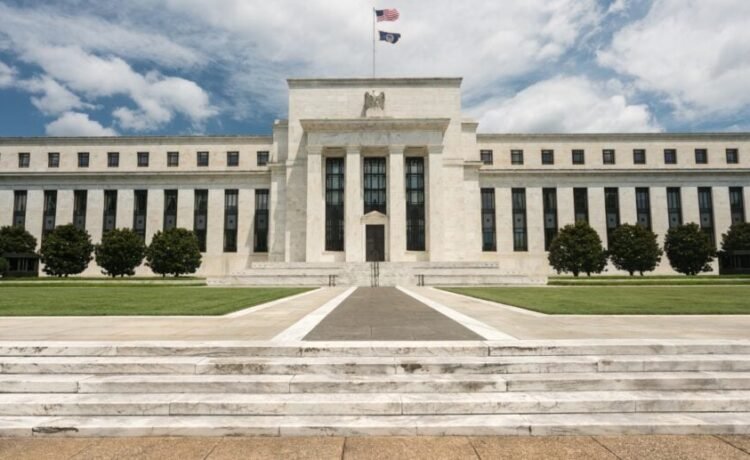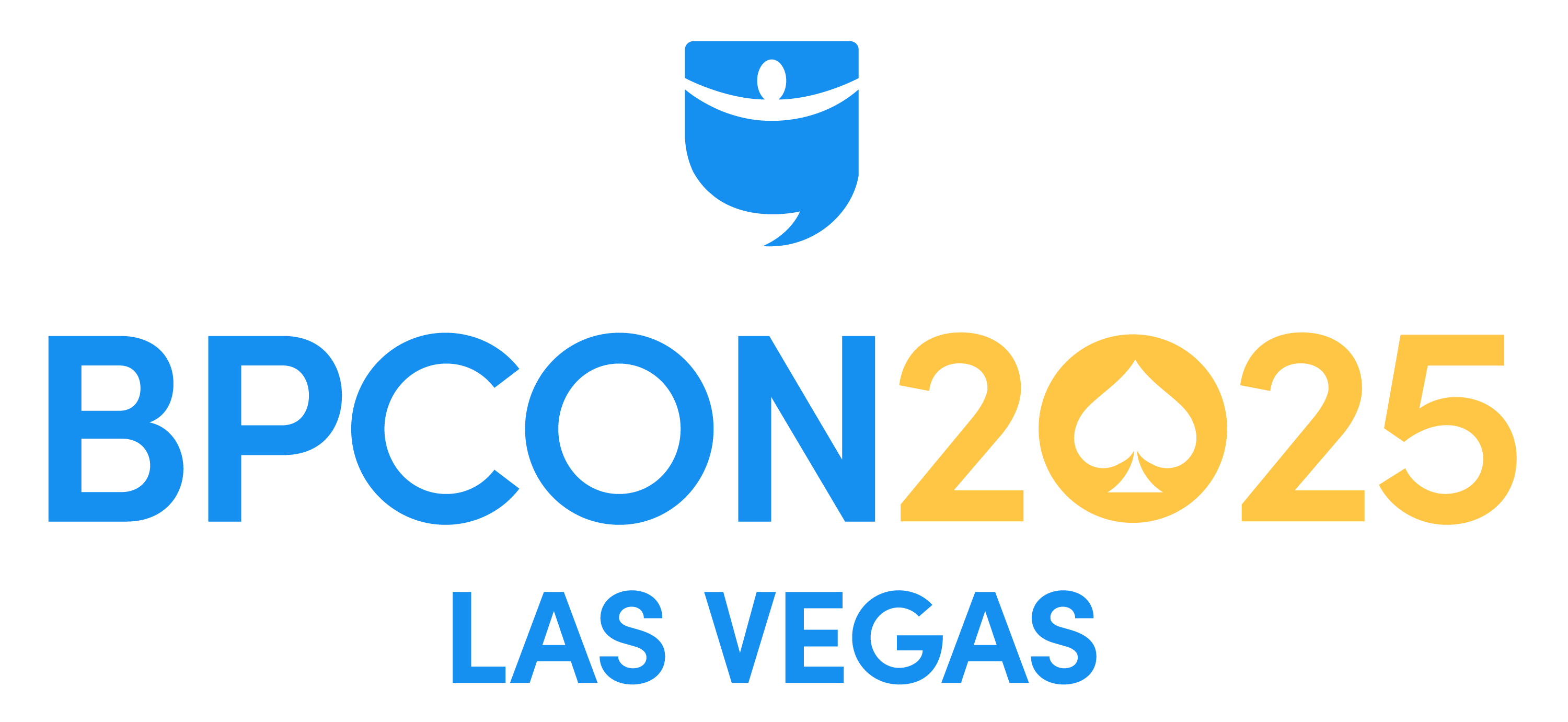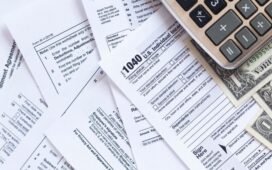For the last three years, 30-year fixed mortgage rates have mostly hovered between 6.5% and 7%, occasionally jumping as high as 7.79%. That kept many would-be sellers from listing their homes, in their reluctance to give up their 3% to 5% fixed-rate mortgages. Over the last year, more sellers have given up waiting for lower rates, and inventory jumped 20.3% year over year as of Aug. 28.
Buyers, meanwhile, have been slower to appear. Sustained high mortgage rates mean that monthly housing costs remain near record highs. That mismatch of supply and demand has pushed home prices downward in many markets, and flatlined them in others.
And that says nothing of commercial properties like apartment complexes. Commercial properties are priced based on cap rates, which move in near-lockstep with loan rates. Higher loan rates and cap rates mean lower commercial property prices: an opportunity for buyers, but many owners find themselves in real trouble between high floating loan rates and their short-term loans maturing.
All this serves as the backdrop for the drama unfolding between President Trump and the Federal Reserve. Investors are asking, “Can Trump bully the Fed into lowering interest rates?”
That’s the wrong question. Instead, investors should ask: “Will mortgage rates drop, even once the Fed cuts interest rates?”
The Fed, the Fight, and Mortgage Rates
In late August, President Trump announced he plans to fire Federal Reserve member Lisa Cook. It’s the latest shot fired after months of Trump trying to pressure the Fed and Chairman Jerome Powell into cutting interest rates.
Regardless of the outcome of the Cook fight, sooner or later, Trump will gain enough influence over the Fed to push them to cut rates. Powell’s term as chairman ends in May 2026, although he’ll remain on the Fed board until January 2028. Trump gets to appoint replacements, and he’ll ultimately install enough cronies to get his way.
But here’s the thing: The Fed only controls the federal funds rate. That’s the short-term interest rate that banks use to lend each other money.
Sure, it has some historical correlation with mortgage rates. But mortgage lenders price rates more on other factors.
What Actually Moves Mortgage Rates
Mortgage rates are based on Treasury bond yields and mortgage-backed security yields, plus a risk premium spread. “Mortgage rates are priced based on the 10-year Treasury yield, plus the spread that investors and lenders add for risk and costs,” mortgage lender Alex MacLagan of MacLagan Home Loans tells BiggerPockets.
Lenders determine that risk premium spread based on—you guessed it—risk, such as the risk of inflation eating into returns, the risk of individual borrower default, and the risk of a recession driving up defaults across the board. And when they see defaults and foreclosure filings soaring by 13% over the last year, as of July, it causes them to boost this spread.
Inflation also remains a huge risk for lenders, as they eye the impact of tariffs.
Here’s how the current numbers break down: “When 10-year Treasuries trade around 4% and spreads are around 1.7%, wholesale loans cost around 5.7%,” notes chartered investment manager Paul Ferrara of Avenue Investment Management in a conversation with BiggerPockets. “With retail markups of about 1% to 1.5%, that puts the consumer rate at about 6.7% to 7.2%.”
Trump Can’t Control Bond Investors
Trump will eventually strong-arm the Fed into lowering the federal funds rate. But he can’t bully bond investors or control Treasury yields.
Bond investors remain worried about inflation, political instability, and massive government spending. And, for that matter, about the independence of the Federal Reserve. Look no further than the weak performance of recent Treasury bond auctions.
Despite the fact that the Fed cut the federal funds rate by 75 basis points (0.75%) last fall, 10-year Treasury yields have actually risen since before those cuts. In September last year, Treasury yields dipped below 3.6%. Today, they sit around 4.24%.
And sure enough, mortgage rates are higher today than they were a year ago—before the Fed cut interest rates.
Implications for Real Estate Investors
As the organizer of a co-investing club for passive real estate investors, I want mortgage rates to go down just like everyone else does. Loan rates have a direct impact on the investments we vet and go in on together every month.
Chairman Powell already signalled at his Jackson Hole speech that he expects to cut the Fed funds rate in September. And Trump will replace him as chair by next May anyway, installing a loyalist in his place.
But by now, you know that doesn’t necessarily mean lower mortgage rates.
If mortgage rates do drop, expect home prices to jump in response. That won’t make life any easier for homebuyers, but it will certainly make sellers happier.
Home prices may also climb due to a limited supply of new residential construction. Building permits are down 5.7% over the last year as of July, as developers expect construction costs to soar due to both tariffs on building materials and fewer workers due to immigration crackdowns.
And inflation also drives up rents and property values, of course.
How I’m Investing
Personally, I avoid timing the market, preferring instead to invest $5,000 every month in passive real estate investments as a form of dollar-cost averaging. But I do see heightened inflation, recession, and geopolitical risk.
None of those prevents me from investing in real estate, however. In fact, real estate can help protect your portfolio against all of those risks. In the co-investing club, we’ve specifically looked for recession-resilient investments.
That can sometimes include niche investments like property tax abatements for affordable housing. It could include industrial real estate investments with stable clients like the U.S. Navy. It could also include investments like installing manufactured homes on land parcels to sell for 50% of the median home price. We’ve invested in all of these at some point this year.
Will mortgage rates end next year lower than they are today? Probably. However, it will not be much lower than the Fed funds rate. I expect the correlation between the two to continue weakening—for all the reasons outlined.
And I expect to keep earning strong returns on passive real estate investments either way.
A Real Estate Conference Built Differently
October 5-7, 2025 | Caesars Palace, Las Vegas
For three powerful days, engage with elite real estate investors actively building wealth now. No theory. No outdated advice. No empty promises—just proven tactics from investors closing deals today. Every speaker delivers actionable strategies you can implement immediately.















